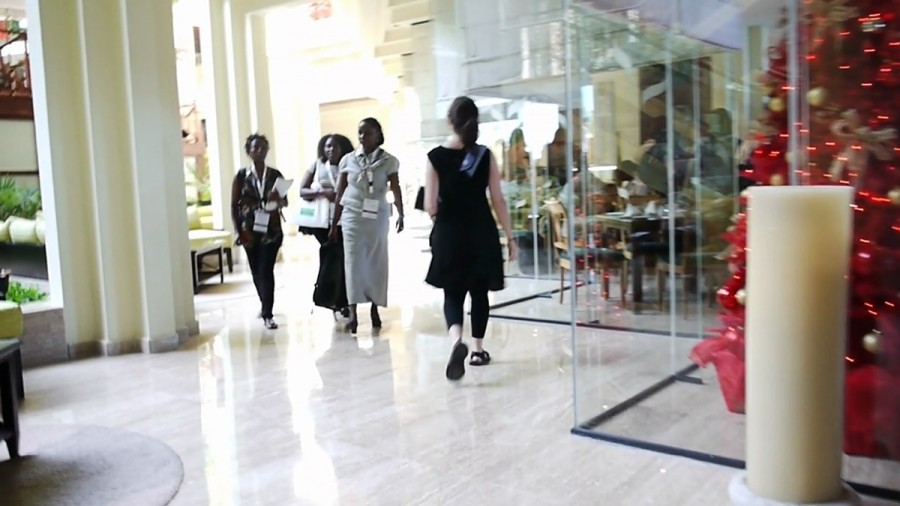Imagining how a sound might be perceived is not an easy task and this is a challenge sound artists face when making work that is contextual and situation specific rather than work that is spatially or algorithmically motivated. In my experiments and especially at COP16 I hoped to be able to detect when someone heard or felt the beam of sound hit his or her body. The reality wasn’t that simple. In most cases there wasn’t a recognizable ‘ah-ha moment.’

no ' ah- ha' moment
Interestingly though, working on this project encouraged me to enter into a deeper dialogue with myself. I went into my own head and began to equate the climate crisis with a crisis in morality. I began to wonder what a significant opening of internal space through sound could look like and what would be the ripple effect. I recalled things I remembered hearing years ago but didn’t seem particularly all that significant when I first heard them. We hear and remember what we hear because we perceive it as emotionally significant. What we hear affects the way we participate in our environments. This led me to start wondering what happens when the way in which we hear the world shifts and how does this have an impact on our lives?
Leave a Reply